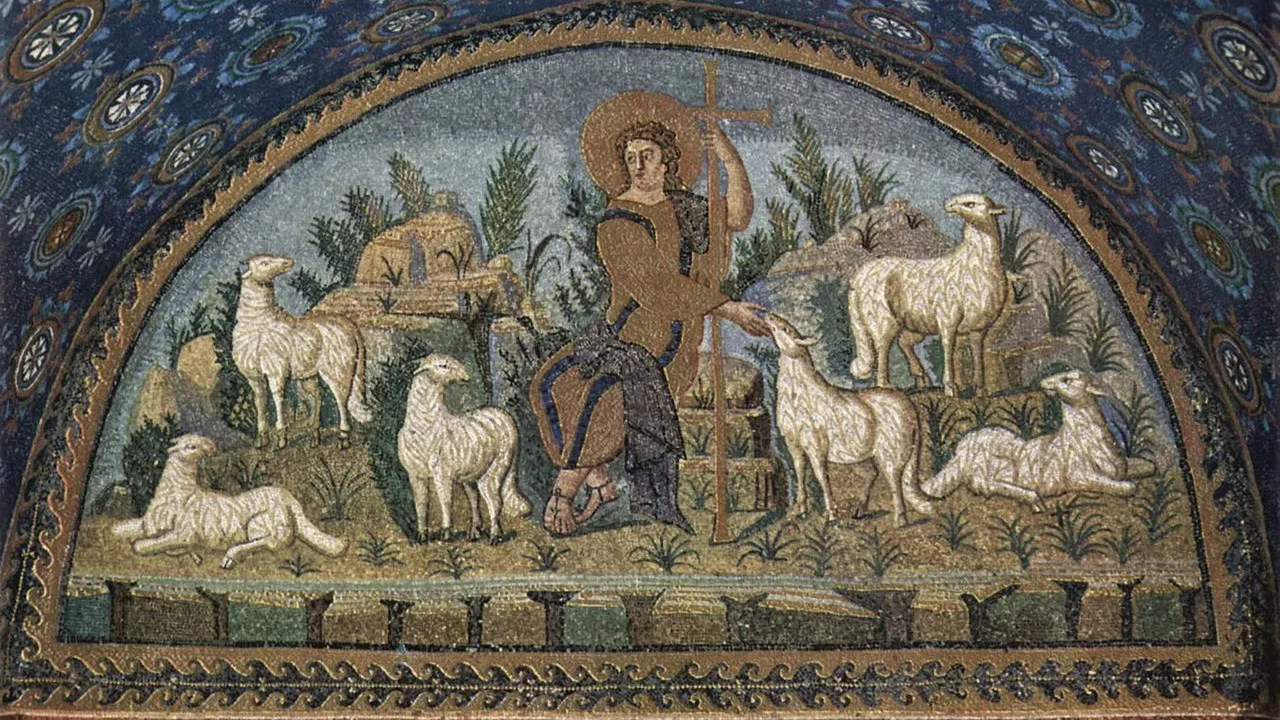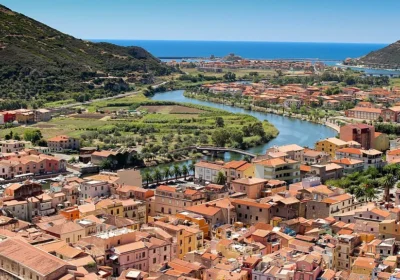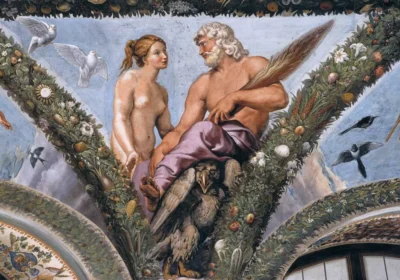Tour Ravenna – Cradle of Mosaics.
Many of Ravenna’s early Christian churches are on the UNESCO World Heritage List. Despite their outward simplicity, the ancient churches of this city are simply marvellous in their interior decoration. The mosaics of Ravenna are so perfect and beautiful that looking at them literally takes your breath away.
The Basilica of San Vitale in Ravenna, dedicated to St Vitale of Milan, was built in the mid-6th century by Bishop Ecclesia. The building is a typical Ravenna architecture, combining elements of Roman and Byzantine architecture. Today the Basilica of San Vitale is protected by UNESCO and it is not surprising. The beautiful mosaics that decorate its interior are a valuable example of Byzantine art.
The Mausoleum of Galla Placidia is located within the complex of the Basilica of San Vitale. The tomb was built in the 5th century for the daughter of Theodosius I the Great, the Roman emperor, but it was never used for its intended purpose, as Galla Placidia herself was buried in Rome. The modest structure, built in the shape of a Latin cross, holds a real treasure inside. The magnificent mosaics, presumably created by Byzantine masters, are perfectly preserved.
The Basilica of Sant’Apollinare Nuovo was commissioned in the early 6th century by King Theodoric the Great of the Ostrogoths as his own court church and was originally Arian. The walls of the cathedral’s central nave are completely covered with mosaics, emitting a pleasant golden light. The mosaic decoration dates back to the period of Theodoric, but after the religious building was handed over to the followers of Christ, some of the mosaics were rearranged.
Mosaics of the Neonian Baptistery. The baptistery is a small room intended for the rite of baptism. Located in Ravenna, the early Christian baptistery, called the Noenian Baptistery, was built by Bishop Urso in the 5th century. The interior of the building was decorated under his successor, Bishop Neon, from whose name the religious building takes its name. Beautiful mosaics, realised by Byzantine masters, made this building one of the most famous.
The Chapel of St Andrew is a unique example of an early Christian archbishop’s chapel, which has survived to this day. This structure was erected at the end of the 5th century by Bishop Peter II. This amazing chapel is characterised by the particular beauty of its mosaics. It is located in the complex of the Arcivescovile Museum.
The Basilica of Sant’Apollinare in Classe. The church, located away from the historic centre of Ravenna, was built in the first half of the 6th century with money from the Byzantine banker Julian Argentarius at the request of Archbishop Ursicino on the burial place of Saint Apollinarius. The church represents one of the largest constructions of early Christian religious architecture. The brightly luminous mosaics of the basilica date back to the middle of the 6th century, however, some elements of the interior were decorated several centuries later. The mosaics of the triumphal arch, for example, appeared in the 8th and 9th centuries.

















